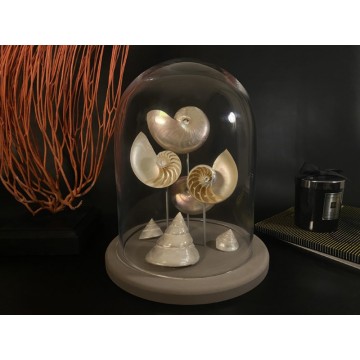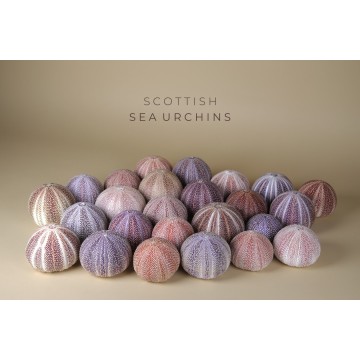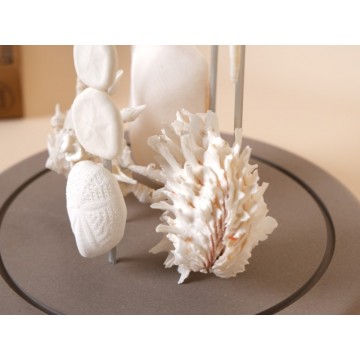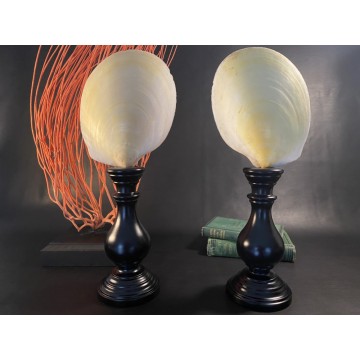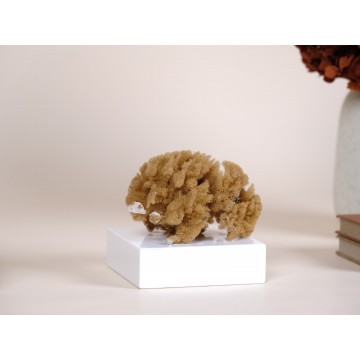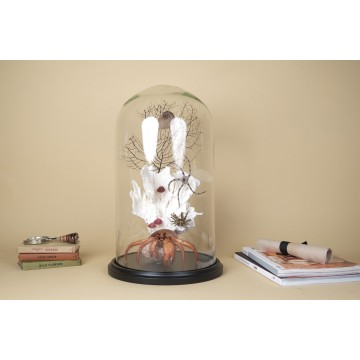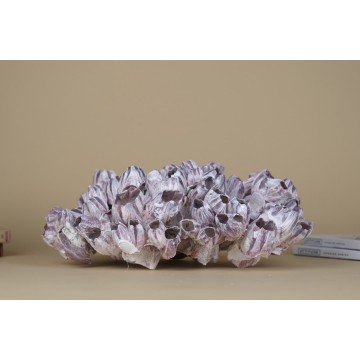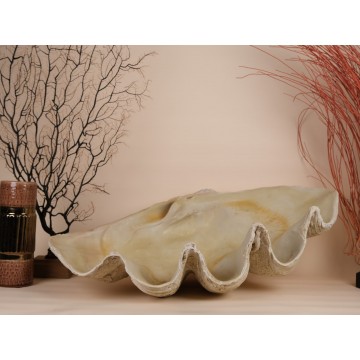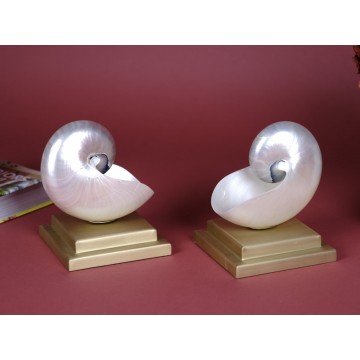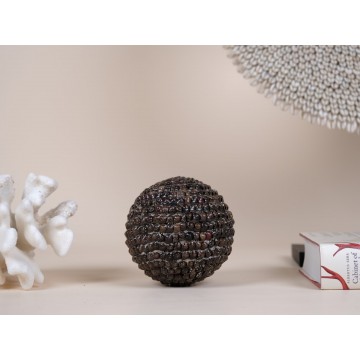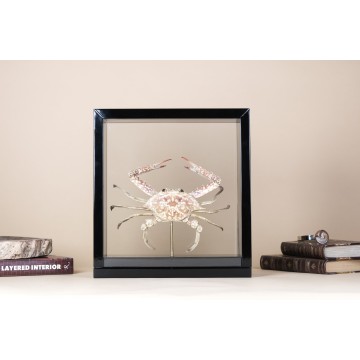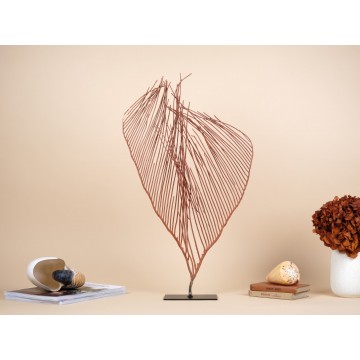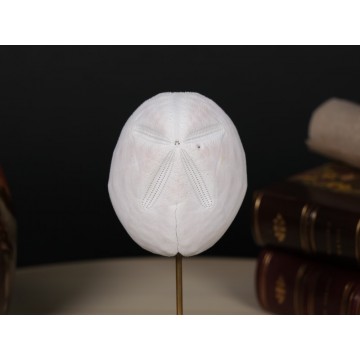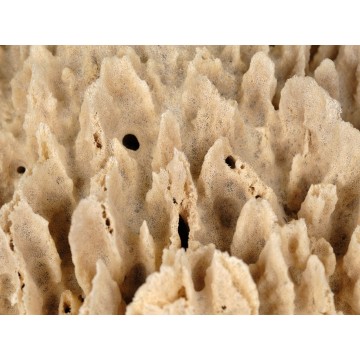This stunning large Victorian-style glass dome showcases an exquisite collection of meticulously selected marine specimens, each with its own unique story. The arrangement features:
A Montipora sp. coral from the Solomon Islands, known for its intricate structure and natural beauty.
A striking black gorgonian coral from Indonesia, adding dramatic elegance to the display.
A superb Dardanus megistos hermit crab, housed in a Tonna perdix shell, from Palawan Island, Philippines.
A rare Pleucocidaris verticillata sea urchin from Bohol Island, Philippines, with its distinctive spiny form.
A remarkable brittle star, Ophiolepis superba, from Sandigan Island, Philippines.
Three vivid Clanculus puniceus shells from Palawan Island, Philippines, with their vibrant, intricate patterns.
A delicate Argonauta hians (paper nautilus) from Indonesia, a true marvel of the ocean.
Beautifully curated and arranged, this dome captures the elegance and diversity of marine life, making it a truly unique and sophisticated centerpiece for any interior



